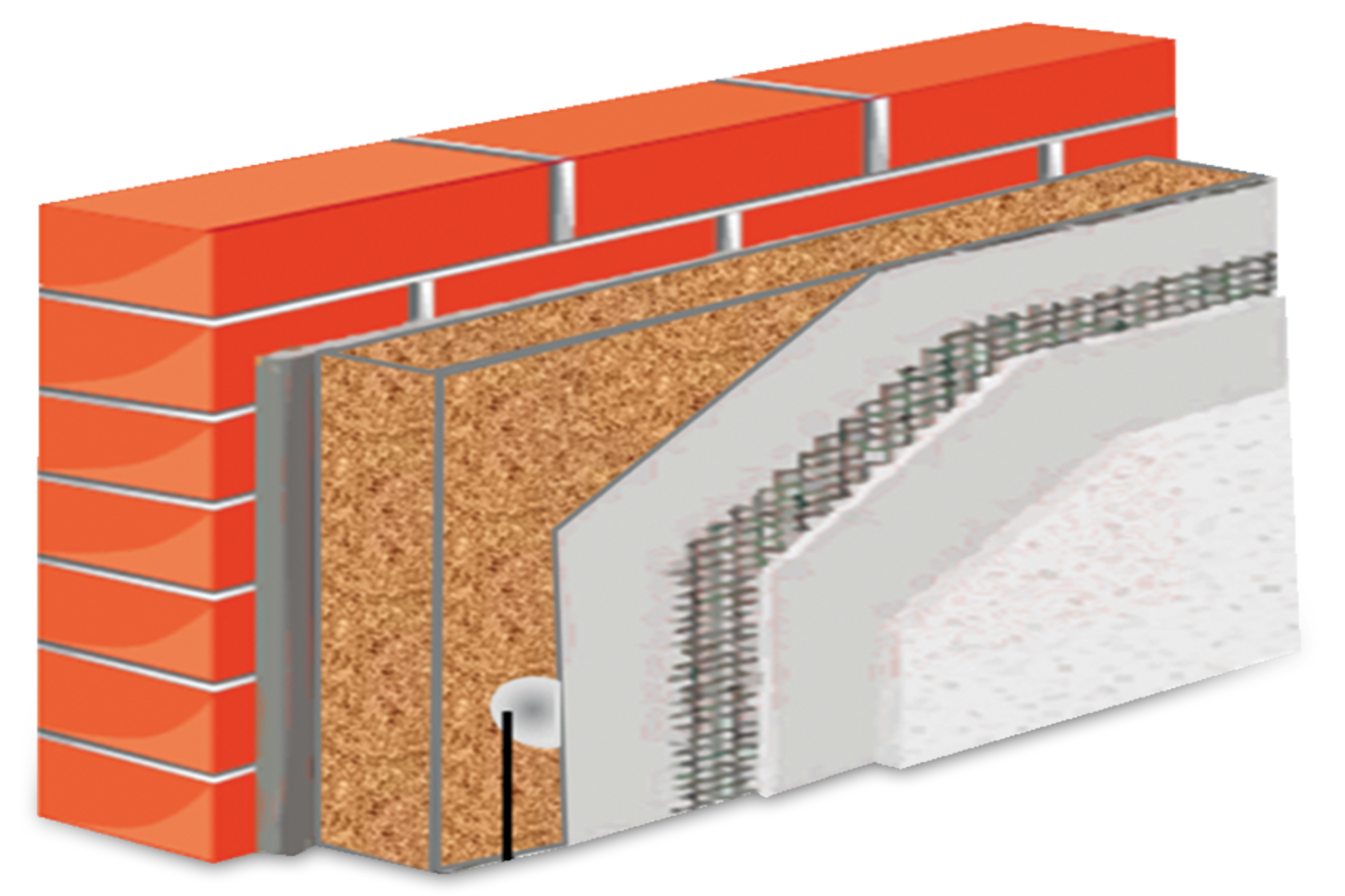ETICS: ROCKWOOL’s new solution for sustainable buildings
By Edit Team | August 21, 2014 5:02 am SHARE

The ROCKWOOL Group aims to change the face of external facade insulation with its new ETICS systems and solutions
Insulation is one of the key components contributing to sustainable buildings. It is estimated that buildings consume 30 – 40 per cent of the total energy produced in India and there is huge energy saving opportunity in most of the buildings.
Traditionally if the buildings were to be insulated, it would be insulated from inside. The peripheral walls were either cavity wall insulated or the inner sides of wall were fixed with channels to support insulating materials and were cladded with materials like gypsum boards, cement boards or others, leaving concrete columns and beams uninsulated leading to many thermal bridges creation.
With the advancement in the building materials and technique, the architects and consultants have the opportunity to insulate the buildings from outside and many modern buildings are built with this new technology. Insulating peripheral walls of the building from exterior is commonly known as ETICS
ETICS
ETICS has been practised over a decade in developed countries for external walls of new buildings as well as walls of existing buildings. In the case of retrofitting, the insulation work can be performed without disturbing activities inside the building.
Advantages
ETICS has many advantages especially in India where the insulation is installed primarily to reduce the heat transfer from outside to inside the buildings. ETICS eliminates thermal bridges on building structure to reduce thermal stress on the masonry.
Some of its other advantages are:
• 40 per cent reduction in electricity bill
• No loss of carpet area
• Improved comfort by reducing indoor temperature variations and improving sound insulation
• Fire protection with the use of fire resistant stone wool insulation material
• Prevent the growth of mould.
It also improves building appearance as final mortar coating can bear any colour and many possible finishing aspects. Thus less attractive buildings or districts can become appealing and friendly.
EITCS also helps to protect climate and environment. Since energy consumption of buildings is reduced drastically, thousands tonnes of CO2 can be avoided. Moreover need to exploit fossil sources or use of nuclear power can be reduced.
Components of ETICS
ETICS are a set of construction elements and these are applied on the facade. These system components are:
• Adhesive as mortar
• Insulation material (stone wool or expanded polystyrene foam)
• Anchors designed to avoid thermal bridges
• Base mortar coat
• Reinforcement grid (glass fibre or polyester mesh)
• Finishing coloured mortar coat/top coat with system primer
• Accessories, e.g. fabricated corner beads, connection and edge profiles, expansion joint profiles, base profiles.
Costing
Every construction company ideally works towards meeting the project completion deadline with minimum cost. Meanwhile, the insulation cost represents only 2 to 3 per cent of the total building cost. Payback is quite fast from electricity bill saving and reduced air conditioning equipment cost when the building or house is air-conditioned.
Conclusion
The concept of ETICS is well accepted and more and more buildings are adopting ETICS worldwide. However, there are many challenges in making this system commercially viable in India one being the workmanship quality. Nevertheless with everyone’s commitment to improve the country economics and people’s living conditions, it is a challenge worthier to fight for.
Cookie Consent
We use cookies to personalize your experience. By continuing to visit this website you agree to our Terms & Conditions, Privacy Policy and Cookie Policy.





































-20240213125207.png)

























